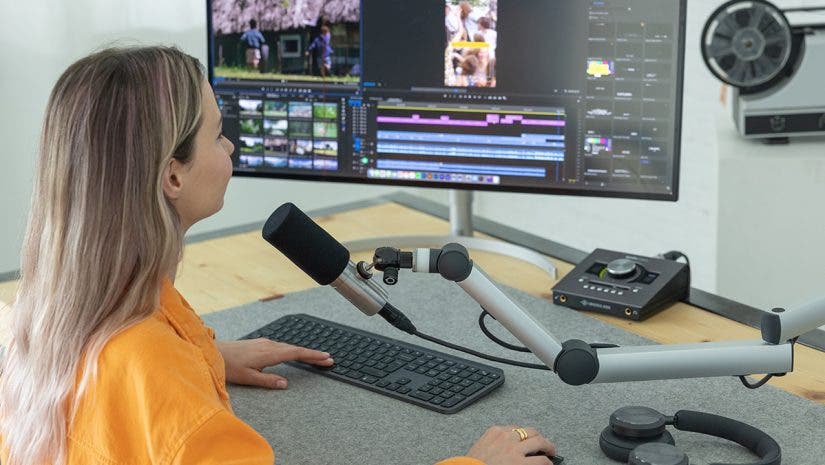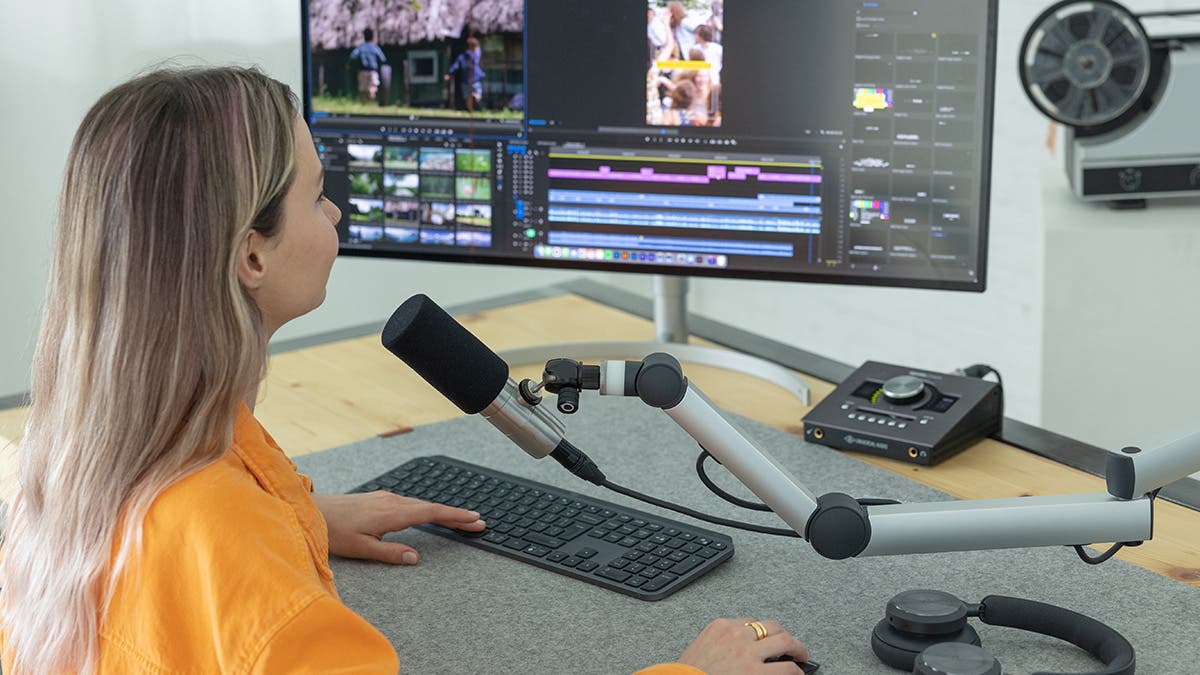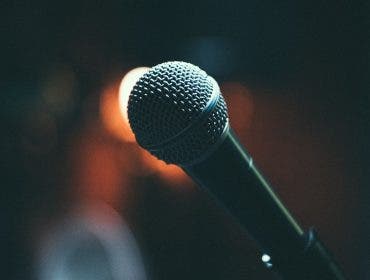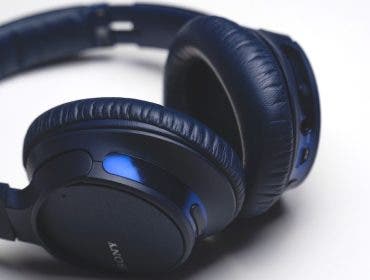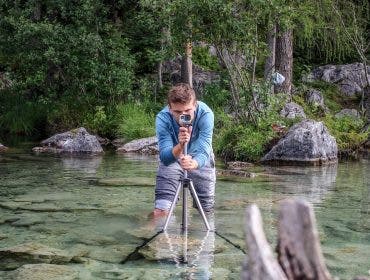Have you ever felt the physical sensation of pins and needles down your neck and spine while listening to a certain sound? If so, you’ve likely experienced ASMR. There are currently millions of ASMR-inducing sounds and videos available online. Whether you’re dipping your toes into the online phenomena or an established ASMR artist already, you may be wondering how best to capture these delicate sounds. In this article, we will recommend some of the best microphones for ASMR, and how to choose one for yourself.
What is ASMR?
ASMR is a psychophysiological response to visual or auditory stimuli. These are known as ASMR “triggers.” Triggers are typically gestures that are repetitive, mundane, or diminutive in nature. The acronym is shorten for:
- Autonomous, signifying its internal, subjective spontaneity
- Sensory, signifying its dependence on stimulus related to the senses
- Meridian, meaning a zenith or peak
- Response, being the physical sensation
It’s been named ASMR because its subjectivity has been a topic of much debate and scrutiny — both colloquially and in scientific communities. The above definition was finally settled on for its flexibility. This is to say, not everyone will respond the same way to specific sounds. ASMR has been described as a gentle physical wave of sensation, similar to when a limb falls asleep. In recent years, ASMR has become an online sensation, prompting over 25 million YouTube videos and an audience of listeners seeking soothing elation.
Popular ASMR triggers include:
- Whispering
- Typing on a keyboard
- Chewing
- Turning a page
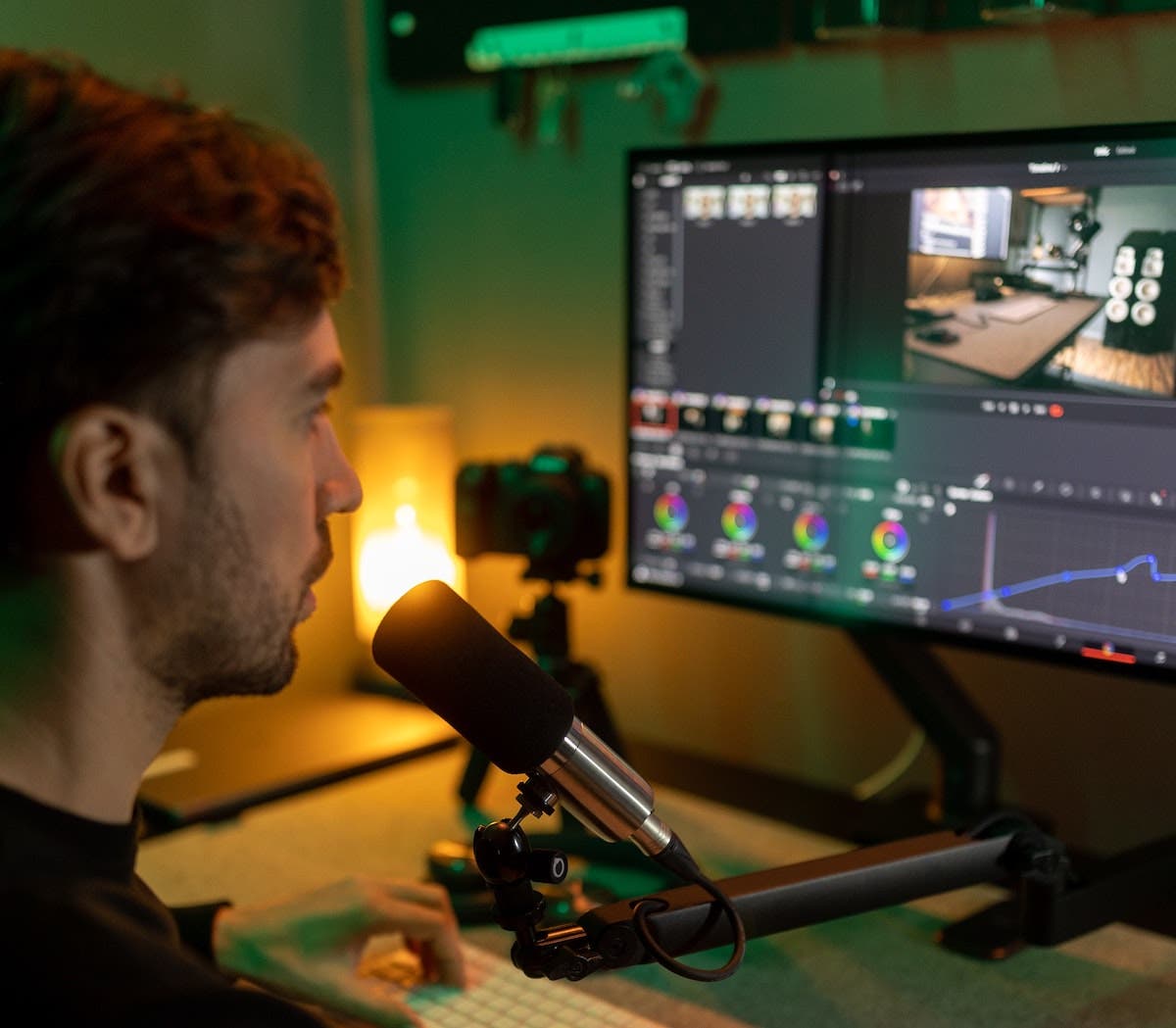
How to Choose a Microphone for ASMR
If you are looking to join the millions who produce ASMR videos, there are a few features to consider when choosing a microphone.
Self-Noise & Sensitivity
The most important – and most challenging – aspect of ASMR recording is capturing a clean signal with the lowest possible noise floor. There are multiple factors that will all contribute to the noise floor of a recording, but it all starts with self-noise (equivalent noise) and sensitivity. All microphones produce some amount of internal noise because of electrical current running through circuitry. Given sufficient signal volume, self-noise isn’t an issue. However, since ASMR involves recording ultra-quiet sounds, reducing self-noise is a critical starting point.
This is where sensitivity comes in. All microphones require preamplifier gain, but some more than others. A more sensitive microphone may generate more electrical signal than another microphone with less self-noise. This, theoretically, creates a lower noise floor by comparison after preamp gain is applied.
Pickup Pattern
Pickup pattern will also affect the noise floor of the signal. On one hand, a cardioid microphone will reject noise from the rear and cut ambient noise in half. Although, if getting the object of your recording super close to the microphone, this will result in additional low frequencies accentuated by proximity effect, which may or may not be desirable.
An omnidirectional pattern, while accepting ambient noise from all directions, will allow you to bring the object of your recording as close as you like to the capsule without any low-end buildup. Of course, a low-shelf EQ can relieve any undesired effects from cardioid microphones, but it’s something to keep in mind.
Frequency Response
Frequency response also comes into play. While I normally advocate for the flattest microphones with the widest range, ASMR responses tend to be centered around mellower sounds. Having flat response up to 20kHz is not necessary in this application. Flatness below 16kHz is still ideal, but less important in comparison to the above topics.
Best Microphones for ASMR
Rode NT-USB+ Studio-Quality Cardioid Pro Grade USB Microphone
The digital sibling of the NT1 (below), this microphone features a built-in ADC (analog-to-digital converter), eliminating the need for a microphone preamplifier or audio interface of any kind. While it won’t exhibit quite the same quality as its analog counterpart, if you don’t own the required outboard gear to use an analog microphone, you can’t do much better for a low-cost, high-quality USB mic than the NT-USB+.
Audio-Technica AT2020USB-X Cardioid Condenser USB Microphone
Similar to the NT-USB+, the AT2020USB-X is the USB equivalent to the AT2020 (below). Again, the internal ADC and preamp built into the microphone aren’t going to be superior to those found within a professional audio interface, but it’s worth considering if that’s a piece of gear you’re lacking.
Turnstile Audio Concourse Series TAC300 Cardioid Condenser Microphone
While the self noise (15dBA) and sensitivity (-37dB) figures are middle-of-the-road, the fact that this mic is the second-most affordable in list makes it a very viable contender. A built-in windscreen means it will be less affected by small gusts of wind, and the 100Hz filter switch is useful when needing to cut down the ambient noise floor just a touch.
Audio-Technica AT2020 Cardioid Condenser Microphone
A solid budget option, due to its lower-than-most sensitivity (14.1mV / Pa) and lower-than-most signal-to-noise ratio (74dB), this is still a popular microphone with full frequency response, a noticeable dip below 200Hz and a bit uneven above 5kHz. It could double as a useful instrument microphone, for those looking for a second application.
Rode NT1 Cardioid Mic with SM6 Shock Mount
This is a vocal microphone that’s known for its low-noise. It’s 4.5dBA self-noise is the best on the list. It has full frequency response — no frills like filters or pickup patterns. This is just a great all-around, large-diaphragm vocal condenser microphone.
SE Electronics X1 S Entry Level Large Diaphragm Cardioid Condenser Microphone
The self-noise (9dBA) and sensitivity (30 mV/Pa) specs should stop you dead in your tracks, though it’s only a single cardioid pickup pattern. It’s also got a few low-frequency filters – useful for cutting some HVAC hum.
Neumann Digital Large Diaphragm Condenser Microphone, Nickel
This is the digital version of Neumann’s classic TLM 103. Because it’s a digital microphone, it outputs to an AES42 interface. While that’s pretty specific, it does offer advantages such as a super-low noise floor and lack of analogue colorization. If you’ve got a controlled studio environment and a matching interface, you can’t do much better than this select.
Neumann U 87 Ai Condenser Microphone – Nickel
Call this gem the editor’s pick with three pickup patterns, low self-noise between 12-15dBA, and high sensitivity between 20-28 mV/PA (dependent on pickup pattern). This mic does it all and beautifully. It’s terrific for vocals – not just ASMR, but musical as well. There’s basically no scenario in which this mic won’t excel.
Conclusion
Hopefully we’ve managed to cut through all the white noise and provide clarity to the what’s, why’s, and how’s of ASMR recording. If you can, grab a microphone that you’ll be able to use for multiple applications — there are plenty on this list! Should you select a professional non-USB mic, don’t skimp on the preamplifier. Preamps suffer self-noise just like microphones do, and your professional microphone won’t be able to make up for the shortcomings of an economy preamp. In recording, your signal chain is only as strong as its weakest link. Above all, don’t forget to have fun!
